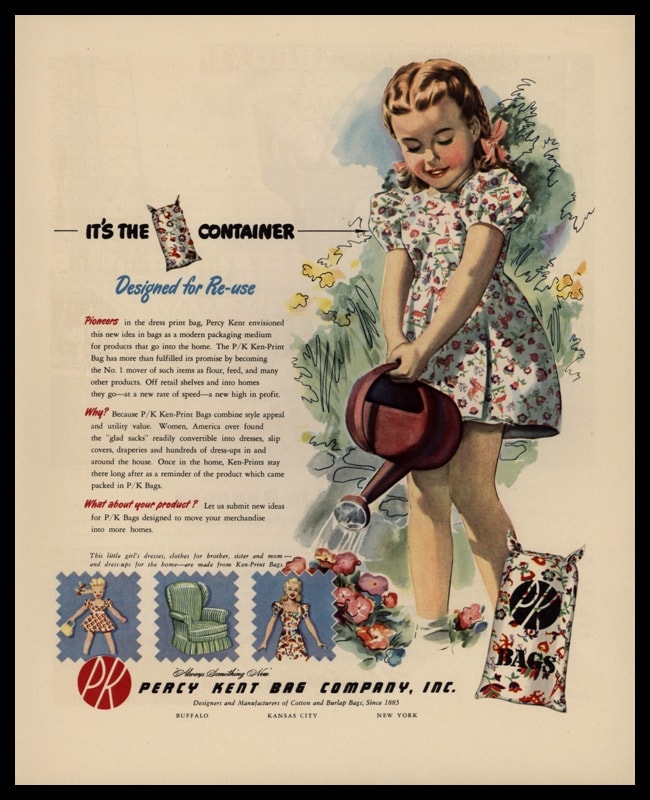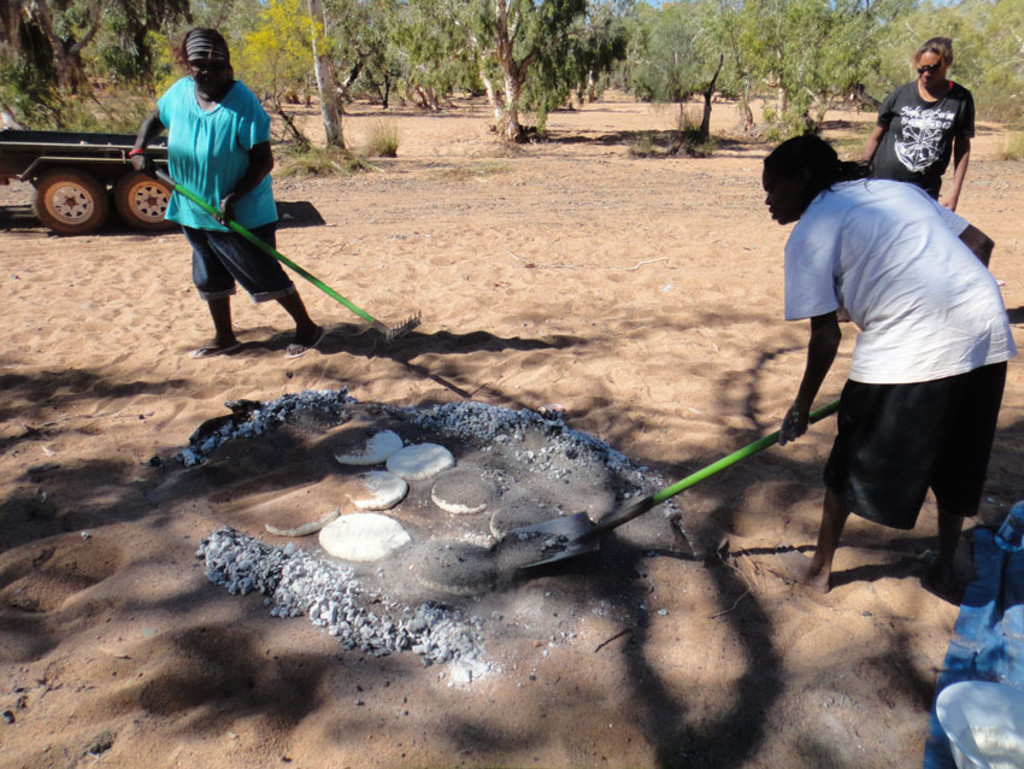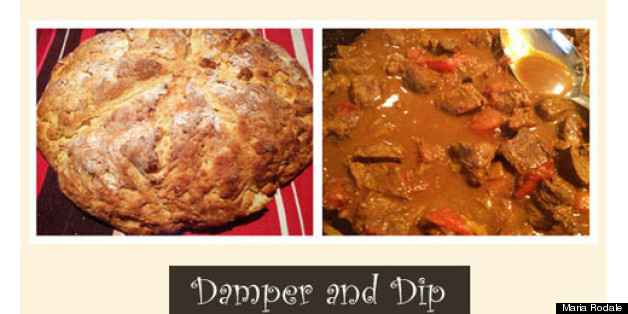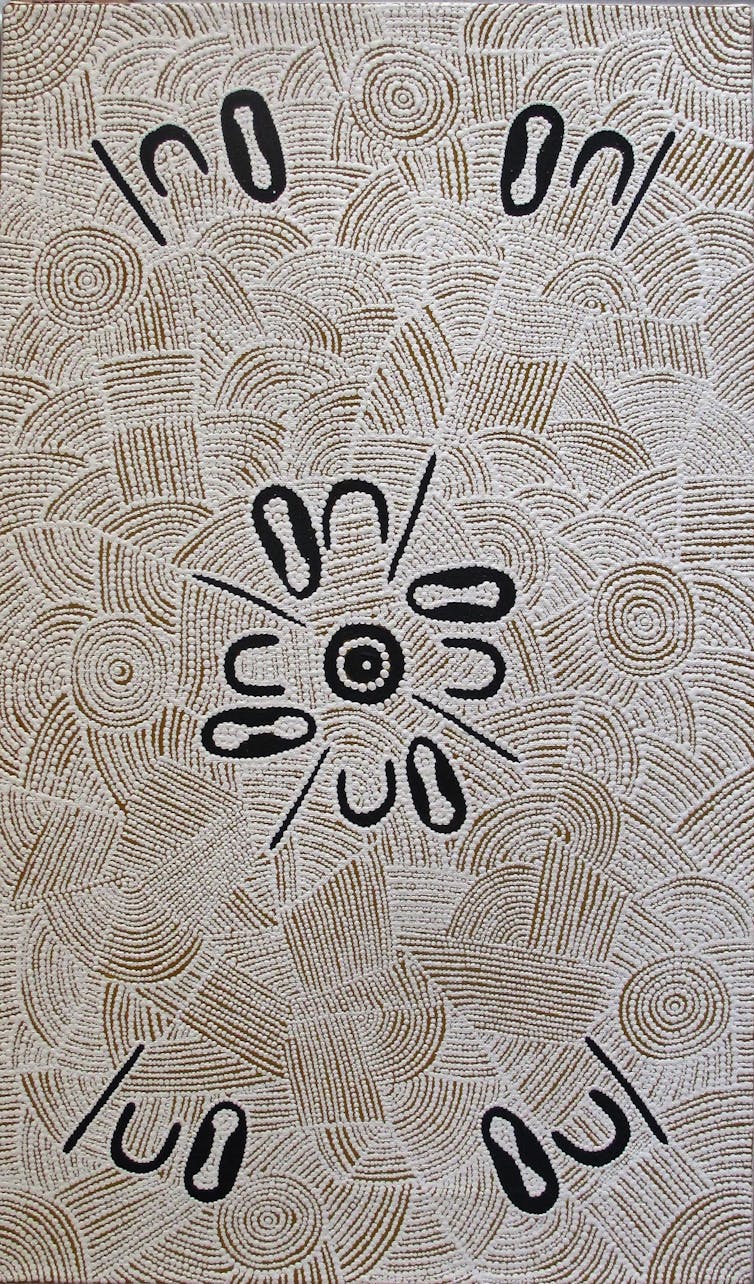May, 2017
In a recent New
Yorker article, Michael Pollan details major new scientific research
suggesting that plants are far more sentient than most of us think. .Pollan
writes:
The tips of plant
roots, in addition to sensing gravity, moisture, light, pressure, and hardness,
can also sense volume, nitrogen, phosphorus, salt, various toxins, microbes,
and chemical signals from neighboring plants. Roots about to encounter an
impenetrable obstacle or a toxic substance change course before they make
contact with it. Roots can tell whether nearby roots are self or other and, if
other, kin or stranger.[1]
What does that mean for vegetarians? If that grain of wheat, or a potato, or the celery stalk, are all ripped from intelligent living beings, able to sense chemicals, sounds, and light, and react accordingly, should we be eating them? Should we eat only fruits, nuts, and seeds things that the plant wants to have separated from itself, to further its species?
What about fermentation? Should we allow other
creatures -- bacteria, yeasts, and fungi, to partially digest our fruits and
nuts before we eat them, as suggested by Sandor Katz and others? When we eat
the pickles, chocolate, coffee, yogurt, bread, and the like, we are consuming
whole clouds and colonies of these helpful creatures, some dead, some alive.
But
then fruit. Should we even eat that? Eve ate of the fruit of the tree. Why
was it a fruit, and not the leaf, or flower? Does this mean that fruit contains
knowledge, like the pills that are distributed by the Highly Magnified and Thoroughly
Educated Woggle-Bug in L. Frank Baum’s The
Marvelous Land of Oz?
Of
course, much of the human race is omnivorous, eating meat and dairy products,
along with fruits and vegetables. As long as it’s not their next door neighbor,
whether their food item is sentient or not generally doesn't factor into the
decision to eat it. For some vegetarians and religious groups, however, the
intelligence of the creatures or plants that became food is an important issue.
For them, the new research might raise questions about the ethics of eating the
recommended five servings of fruits and vegetables daily.
[1]
Michael Pollan, “The Intelligent Plant,” The New Yorker, December 2013. http://www.newyorker.com/magazine/2013/12/23/the-intelligent-plant.
“When food
is scarce and acacias are overbrowsed,” Pollan writes, “the trees produce
sufficient amounts of toxin to kill the [antelopes].”. A plant that can produce
its own weapons to kill an attacker sounds intelligent to me. Even better,
“Several species, including corn and lima beans, emit a chemical distress call
when attacked by caterpillars. Parasitic wasps some distance away lock in on
that scent, follow it to the afflicted plant, and proceed to slowly destroy the
caterpillars.”[1]
Plants use chemicals to communicate
with each other, to defend themselves, and to attract creatures that will
pollinate their flowers. An example is caffeine, which attracts bees but is
toxic in larger doses to herbivores. Some plants deploy high doses of caffeine
in seedlings, leaves, and stems as toxins to discourage creatures that might eat
them. Citrus plants, including lemons, grapefruits and oranges take the
opposite approach, storing caffeine in their flowers, where it draws honeybees.
Like truckers favoring certain roadside diners, the bees remember those flowers
for the caffeine boost, and return for subsequent doses.
Another example of apparently intelligent behavior is the ability of mushrooms to create little winds that help spread their spores. Oyster and shiitake mushrooms release water vapour that cools the air around them, creating convection currents. This in turn generates miniature winds that lift their spores into the air.[2] Dr. Emilie Dressaire, professor of experimental fluid mechanics at Trinity College in Connecticut and co-author of the study, characterized the mushrooms as “ingenious engineers.”
What about wheat – what is
it up against?
These days, people often write about wheat’s evil qualities. Is wheat
attacking us, poisoning us with phytochemicals and gluten so we will stop
eating it as some writers seem to be saying? But today's wheats exist only
because of human breeding. They could not live in the wild. Their seeds are too
tightly encased in the hulls and can’t be spread by wind or other means. For wheat
to poison the only species that can assure its continued existence would be
suicidal.
For its short-term survival, wheat doesn’t depend entirely on humans. It
has a few of its own weapons. Faced with a variety of menaces in particular
the larvae of Hessian flies wheat produces lectin to protect itself. The
lectin poisons the insects after the larvae dine on it. Wheat defends itself
against aphids as well. Wheat seedlings that haven’t been chewed on by Hessian
flies and other creatures attract aphids. But when the aphids show up, the
seedlings give off chemical odors that repel them.
Those aphids eating the wheat don’t
give up so easily. They continue to eat it even while it is doing its best to
drive them away. British scientists genetically modified wheat to repel the
persistent aphids. Huw Jones, who co-authored a report on the
genetically-modified wheat, said that the experiment didn’t work. “The real
world is much more complicated that then laboratory,”[3]
he said. To make matters worse, the government had to pay for security to
protect the experimental fields from activists objecting to GMO research– about
$2.9 million, three times the cost of the actual research. Others scientists
are trying to change what happens in the aphids' digestive systems so that they
die from eating wheat. They hope to find other mechanisms that will shift the
natural balance in favor of the farmer. Aphids gotta eat too, son, but
hopefully something else.
Wheat doesn't just have to fight against insects and other creatures from the animal kingdom. Field bindweed is a pretty vine with a small white flower that is cousin to the morning glories and sweet potatoes.[4] It sends chemicals through its roots to inhibit the growth of nearby wheat.[5] Winter wheat that grows earlier in the spring than other crops may hog the water and sunlight that the bindweed needs, and destroy its competitor. Farmers could plant winter wheat to free their fields of bindweed, then grow other crops on the cleansed land.
The microbiome -- wheat and
microbes serve each other
At
the cooperative end of the spectrum, wheat survives within in a complicated
network of microbes. To survive, the microbes need the wheat that they are
growing on as much as the wheat needs them. Some types of fungi grow on wheat
roots from which they draw nutrients. In exchange, the fungi send out filaments
to draw moisture that surrounds the wheat roots, acting as tiny irrigation
systems. The wheat uses nutrients and minerals from soil set free by other
neighboring microbes.
One experiment showed how changing
the wheat’s microbiome its community of microbes could allow wheat to grow
in high heat and drought. Scientists sterilized wheat seeds to remove their
existing microbiomes. They coated the seeds with microbiomes found on grasses
that live near Yellowstone hot springs at temperatures of 160 degrees
Fahrenheit. Wrapped in its new microbiome, the wheat thrived in the heat, and
used 50% less water.[6]
The lead researcher on this study, Dr. Regina Redman is co-owner of a company
that suggested that working with microbiomes could eliminate the need for the
genetic engineering that many people find objectionable. When she’s not
engaging the microbiome, Dr Redman has hosted a cooking show in the Seattle
area, scuba dives, travels to the Poles, and engages in 1,000 –mile bike rides.
What about the effect of music on
plants? Remember when we played Beethoven and Jimi Hendrix to our philodendrons
in the 1970s? Does wheat respond to stimuli like this? Maybe it likes the lines
from the musical “Oklahoma, where the wind comes sweepin’ down the plain,
Where the wavin’ wheat can sure smell sweet, When the wind comes right behind
the rain.” The jury is out. Most of the research has not been done with
randomly selected plant populations under strict scientific protocols, and it has
not been replicated. The Canadian engineer, Eugene Canby reported in the mid-1960s that wheat seeds
exposed to Bach’s Violin Sonata produced 66% more grain.[7]
Other researchers found that plants seemed to like classical music, and perhaps
jazz and country. Many plants appeared to be averse to rock music in the
various unscientific studies reported, so Jimi Hendrix is not advised.
It does begin to look as if wheat,
like other plants, can act with purpose to protect itself, and can shape
conditions to improve its lot in life. Italian plant physiologist Stefano
Mancuso, “a slight bearded Calabrian” from the University of Florence[8]
says that because plants can’t run away and are likely to get eaten, they
evolved modular structures, and “intelligence” or abilities to respond that are
spread throughout their “bodies.” He compares this distributed intelligence to
the Internet, which relies on billions of basic modules (individual devices)
for its survival and health.[9]
Mancuso says that “plants evolved to be eaten. It is part of their survival
strategy.”[10]
Michael Pollan points out the controversy that surrounds Mancuso’s views
and those of other plant physiologists. Some botanists dismiss Mancuso’s
research and his interpretations of it as “foolish distractions” and products
of “the nuthouse.”[11] Pollan characterizes Mancuso as a
poet-philosopher of the field, saying that proving the intelligence of plants
might make people more humble about their place in the world. [12]
One ethnobotanist wondered why
people would want to attribute animal characteristics to plants: “They can eat
light. Isn’t that enough?” he asked.[13]
Although some scientists are working on ways to allow mammals to
photosynthesize, others point out that mammals are constructed in ways that
don’t readily lend themselves to supplying all of their nutritional needs with
light.[14]
And some ask, why bother? .“We have effectively outsourced the process of
photosynthesis on a massive scale”[15]
by creating agriculture. Wheat’s evolutionary strategies include
photosynthesis, a variety of “intelligent” behaviors, cooperative relationships
with microbes, and the ability to persuade humans to grow it for its gluten and
nourishment.
[1]
Michael Pollan, New Yorker, 2013. http://www.newyorker.com/magazine/2013/12/23/the-intelligent-plant.
[2] Allegra Staples, “How the Ingenious Mushroom
Creates Its Own Micro-climate.” Dogo News,
December 2013, https://www.dogonews.com/2013/12/2/how-the-ingenious-mushroom-creates-its-own-microclimate/page/3
[3]
Jones, Huw, et al, “Designer Wheat Fails Anti-Aphid Field Test,” Scientific Reports, June 2015. https://phys.org/news/2015-06-wheat-anti-aphid-field.html.
[4] Farmers don’t like bindweed. They consider Convolvulus arvensis
to be one of the most noxious plants around. Horses that eat it get sick, it
carries viruses that infect other plants, and it has a dozen different ways of
invading and choking off other plants, both above and below ground. From a
human standpoint, though, it has value. It may inhibit tumor growth, and may
have other uses in medicine. http://naturalsociety.com/bindweed-extract-virulent-cancer-tumors/;
https://www.mskcc.org/cancer-care/integrative-medicine/herbs/convolvulis-arvensis.
[5]
The process is called “amensalism.” It is the same process that allows
penicillin and streptomycin to inhibit the growth of bacteria.
[6] Jeff Leach, “Microbiome Swapping: It’s All
the Rage,” Human Food Project,
August, 2012. http://humanfoodproject.com/microbiome-swapping-its-all-the-rage/
[7]
Mazlan, “The Effect of Music on Plant Growth,” DenGarden, May 2017. https://dengarden.com/gardening/the-effect-of-music-on-plant-growth.
[8]
Michael Pollan, The New Yorker.
[9]
Jeremy Hance, “Are Plants Intelligent? New Book Says Yes.” The Guardian, August 2015. https://www.theguardian.com/environment/radical-conservation/2015/aug/04/plants-intelligent-sentient-book-brilliant-green-internet.
[10]
Pollan.
[11]
Michael Pollan, Id.
[12]
Michael Pollan, “The Intelligent Plant The
New Yorker, December 2013. http://www.newyorker.com/magazine/2013/12/23/the-intelligent-plant.
[13]
Michael Pollan, Id.
[14]
Ed Yong, “Will We Ever Photosynthesize Like Plants?” BBC Future, September 2012. http://www.bbc.com/future/story/20120906-will-humans-ever-photosynthesise
[15]
Ed Yong.



























